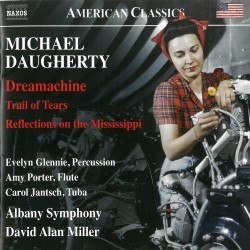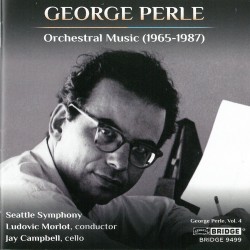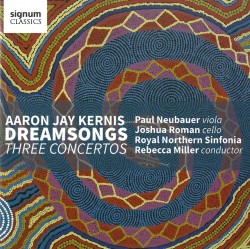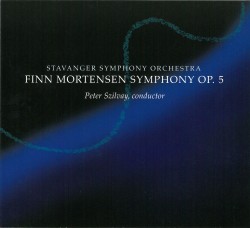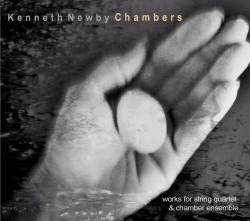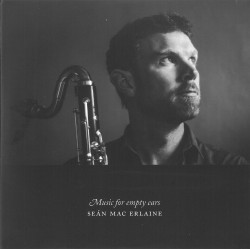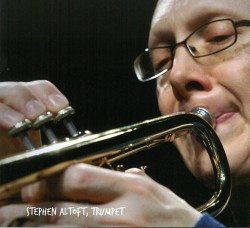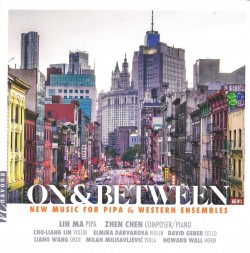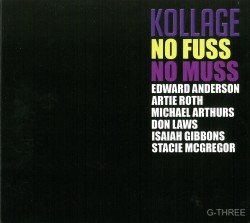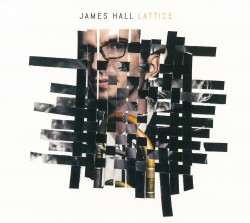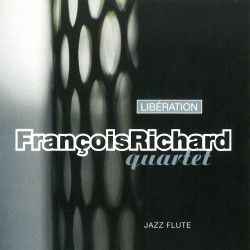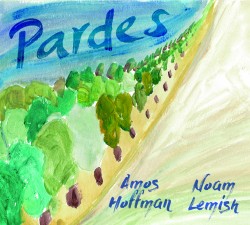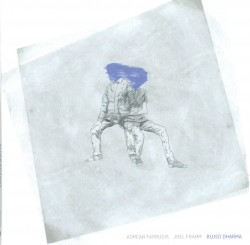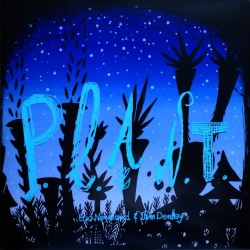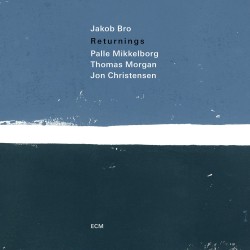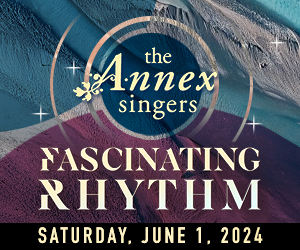Alan Hovhaness: Music for Winds & Percussion - Central Washington University Wind Ensemble; Larry Gookin; Keith Brion; Mark Goodenberger
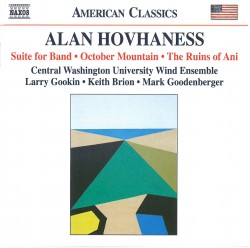 Alan Hovhaness – Music for Winds & Percussion
Alan Hovhaness – Music for Winds & Percussion
Central Washington University Wind Ensemble; Larry Gookin; Keith Brion; Mark Goodenberger
Naxos 8.559837 (naxos.com)
This spellbinding, beauty-filled CD, featuring several world premiere recordings, will delight Hovhaness’ fans (like me). For anyone unfamiliar with Hovhaness’ luminous exoticism, these ten short, varied works spanning the years 1942-1985 are a perfect introduction.
Hovhaness’ amazing output over his long life (1911-2000) includes 67 symphonies (!) among 434 opus numbers (!), many drawing upon his father’s Armenian heritage, as well as other Eastern musical traditions. Mystically inclined, the Massachusetts-born composer revered mountains as sacred, referencing them in the titles of over 30 works, including two on this CD.
October Mountain for six percussionists highlights the marimba in music recalling Balinese ceremonial song and dance. In Mountain under the Sea, a chanting saxophone floats above throbbing harp and percussion, suggesting magma welling from an underwater volcano. The Overture to Hovhaness’ opera The Burning House, scored for flute and percussion, evokes the austere stateliness of Japanese court and theatre music. Vision on a Starry Night for flute, harp and percussion is sweet and dreamy, while melancholy informs Meditation on Ardalus for solo flute and The Ruins of Ani for eight clarinets, a threnody for a medieval Armenian city destroyed by the Turks.
The most lustrous gems in this musical jewel box are works for band. Hovhaness exulted in solemn, incantatory brass and woodwind melismas, spotlighted in the Armenian processional Tapor No.1, Three Improvisations on Folk Tunes (from India and Pakistan), Hymn to Yerevan and the six-movement Suite for Band.
A truly entrancing disc!


